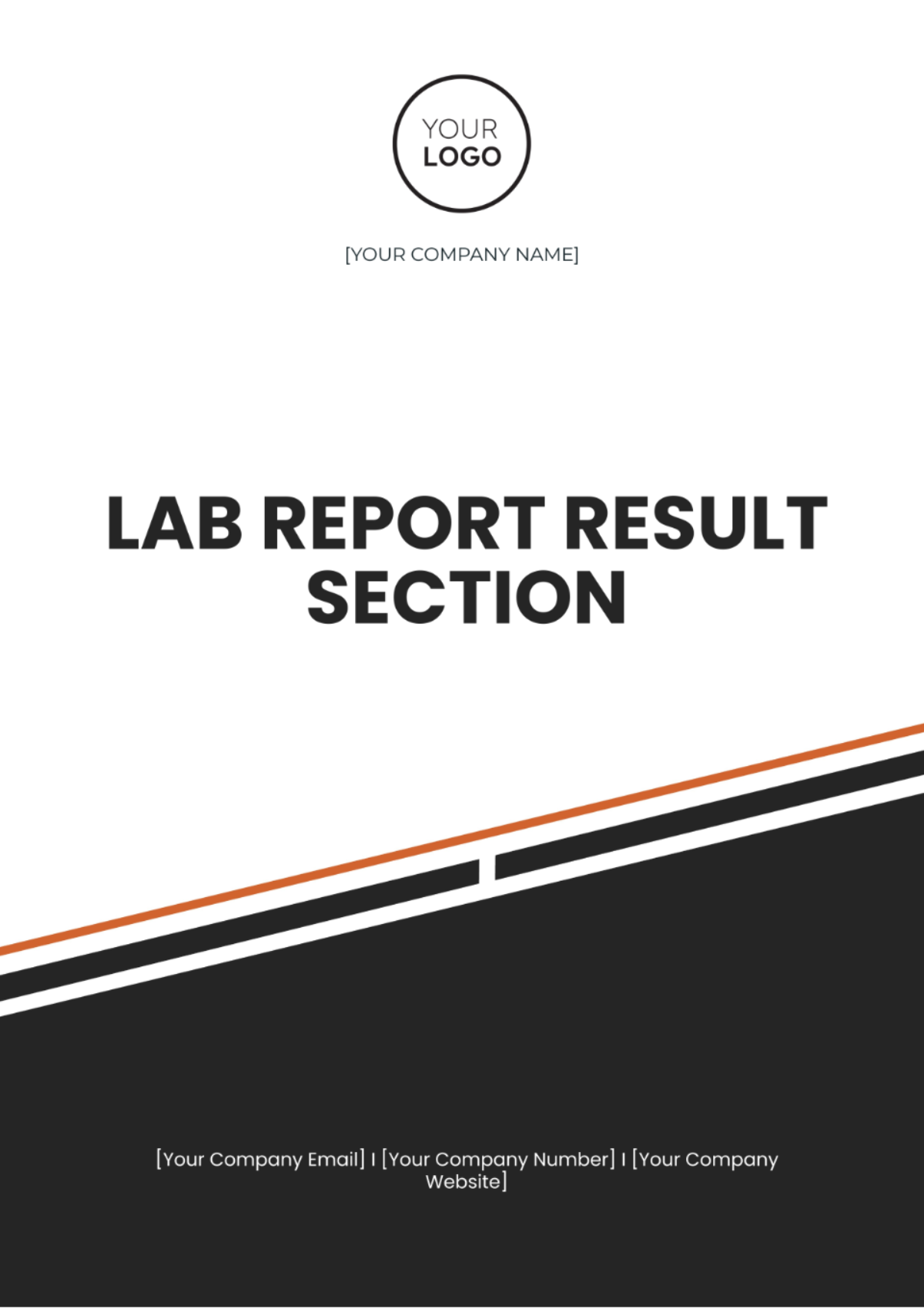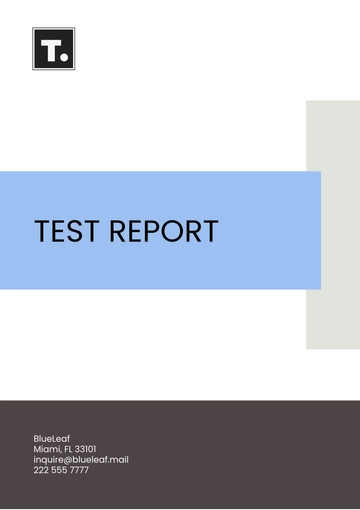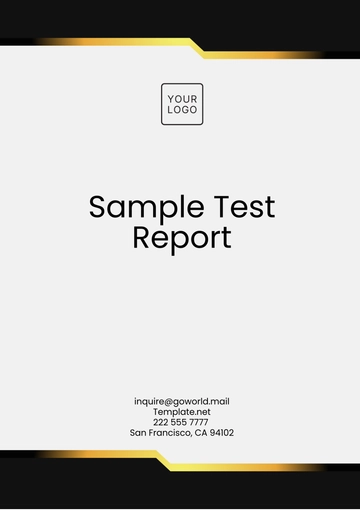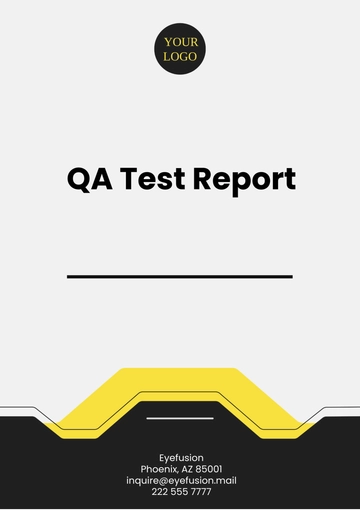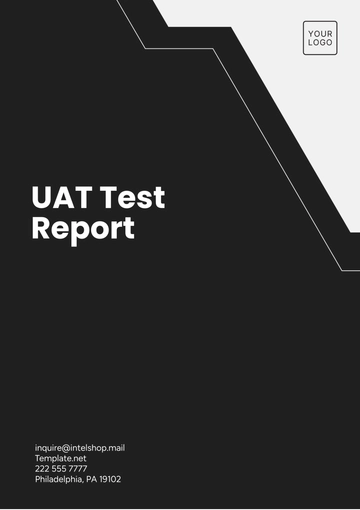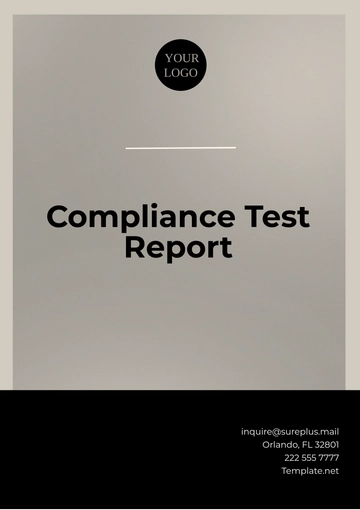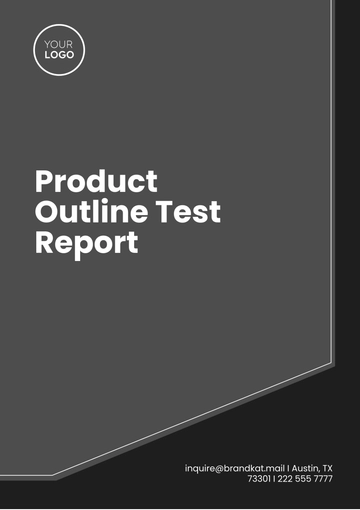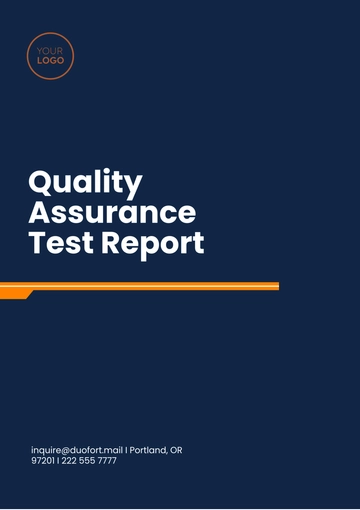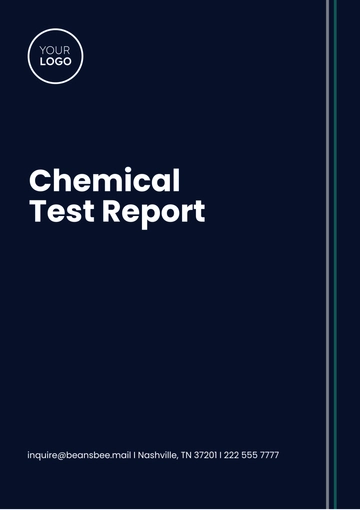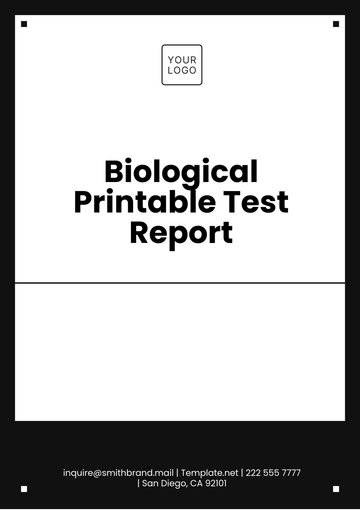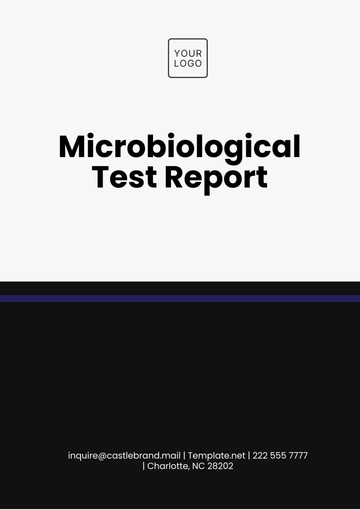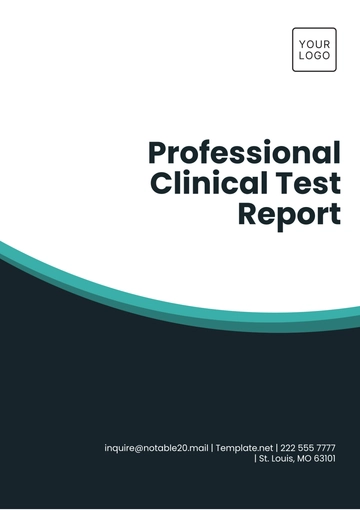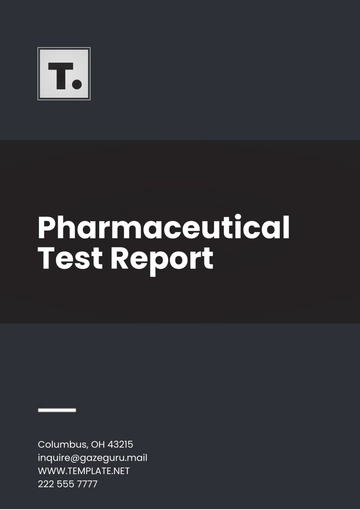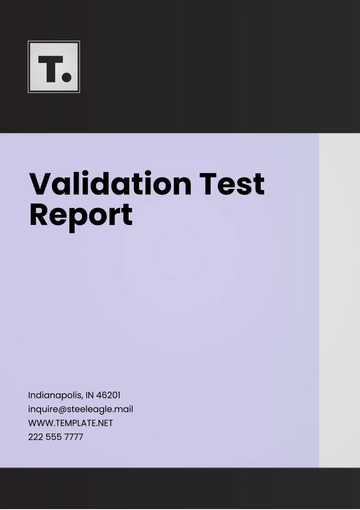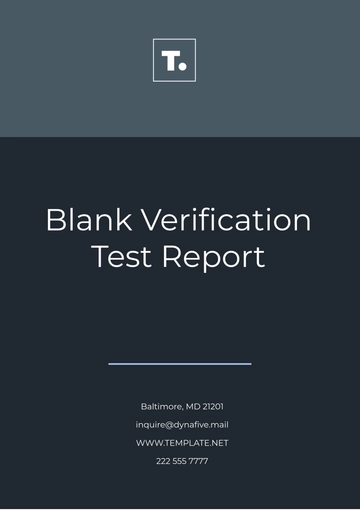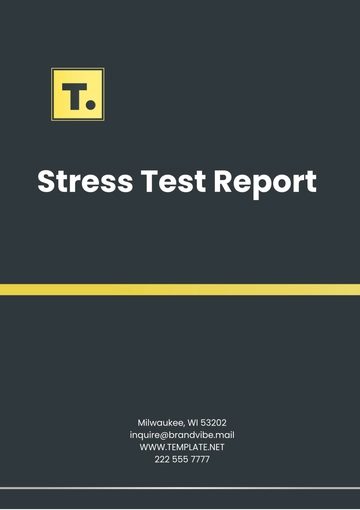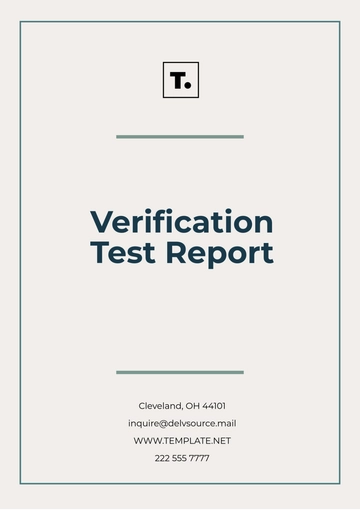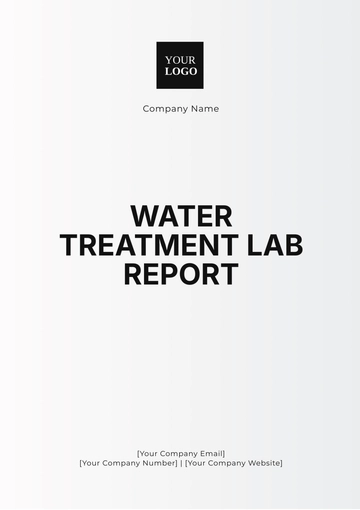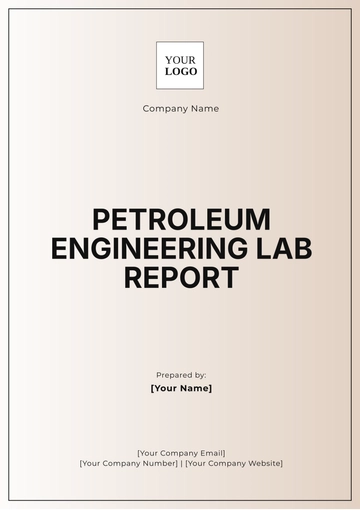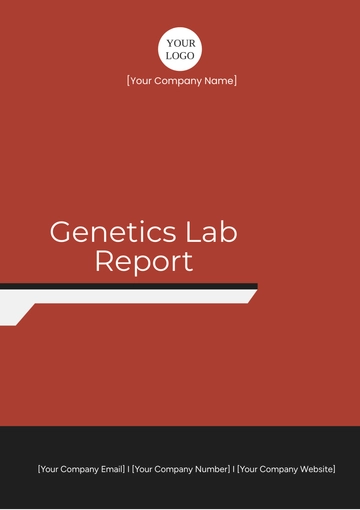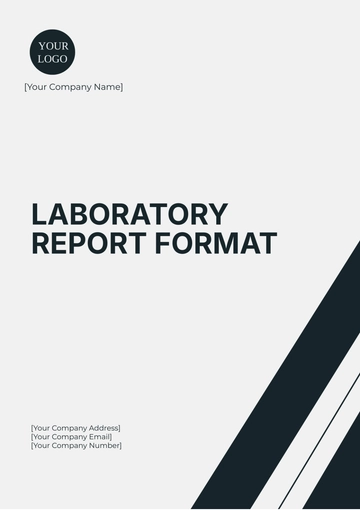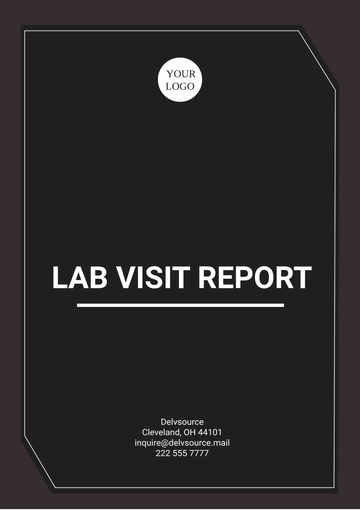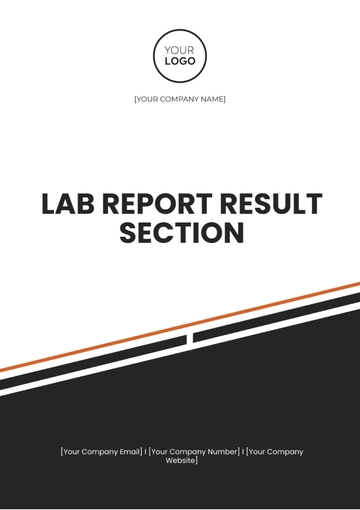Lab Report Results Section
Prepare by: [YOUR NAME]
Date: [DATE]
I. Introduction
The purpose of this experiment was to investigate the effect of varying concentrations of a specific reagent on the rate of a chemical reaction. The key hypothesis being addressed is whether an increase in reagent concentration would lead to a proportional increase in the reaction rate. This investigation is crucial as it helps in understanding the kinetics of the reaction and can inform practical applications in industrial and laboratory settings.
II. Data Tables
Reagent Concentration (M) | Reaction Rate (mol/L/s) |
|---|
0.1 | 0.05 |
0.2 | 0.10 |
0.3 | 0.15 |
0.4 | 0.20 |
0.5 | 0.25 |
III. Graphs
A. Reaction Rate vs. Reagent Concentration
This graph displays the relationship between reagent concentration and reaction rate. As the concentration of the reagent increases, the reaction rate also rises proportionally. The data points indicate a clear, linear trend where higher concentrations lead to higher reaction rates.
IV. Summary of Observations
V. Statistical Analysis Results (if applicable)
To verify the patterns that were observed during the investigation, a comprehensive statistical analysis was conducted.
Test | p-Value | Confidence Interval (95%) |
|---|
Linear Regression | 0.001 | [0.1, 0.5] |
ANOVA | 0.002 | - |
The linear regression analysis confirmed that there is a significant linear relationship between reagent concentration and reaction rate (p-value 0.001). Moreover, ANOVA results supported these findings with a p-value of 0.002, implying the variations in reaction rates are statistically significant.
Lab Report Templates @ Template.net
